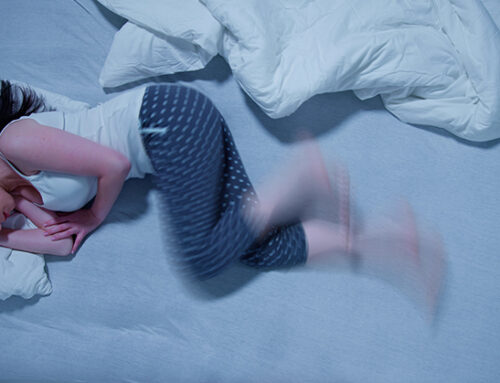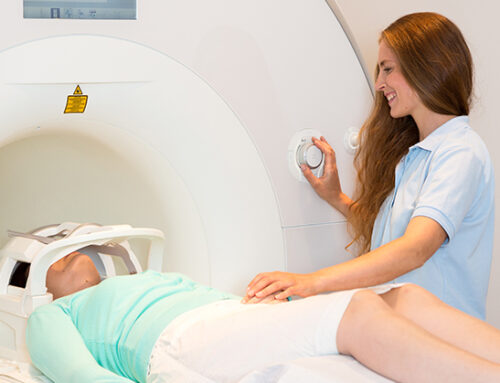“It’s like sitting on a subwoofer,” explained professor Lee Bartel from the University of Toronto.
Professor Bartel led the first-ever study to test the therapeutic effects Alzheimer’s patients experience from sitting in a special $10,000 chair.
The chair has built-in speakers that broadcast very low bass frequencies. The result of feeling and listening to these vibrations — a process called rhythmic sensory stimulation (RSS) – was very encouraging.
In the future it’s possible that many Alzheimer’s patients will have one of these chairs in their home.
Lower Levels of Healthy Brain Frequencies in Alzheimer’s
Professor Bartel came up with the idea for the study after reading that normal, healthy brain cells talk to each other at frequencies in the gamma range, around 40Hz. This is low E to E♭ on a piano keyboard.
But in Alzheimer’s patients this oscillation is disrupted. They have lower levels of 40Hz. The theory is that this has a negative effect on intra-brain communication. It means, for instance, that neurons are less able to transfer short-term memories into long-term memories, leading to short-term memory loss.
The scientists hoped this vibration could be stimulated in Alzheimer’s patients, thereby inducing improvements in cognition.
To find out, they conducted a study involving 18 men and women aged between 59 and 93 who suffered with mild, moderate or severe Alzheimer’s disease.
Each participant sat in the chair with its six speakers for 30 minutes, listening to its low rumbling sound and feeling its vibration. They did this for six sessions — twice a week for three weeks.
For comparison they were also stimulated visually. They sat in the chair when it was switched off while watching a DVD of ocean waves and other scenes from nature, created specifically for Alzheimer’s patients.
They were assessed for alertness, cognition and short-term memory.
Mild Alzheimer’s Went “Back to Normal”
Results showed a clear distinction between the two methods. The DVD did not stimulate. Instead, it had a calming effect and made people more sleepy.
On the other hand, RSS increased cognition over time, especially in those whose condition was either mild or moderate. After the six sessions there were improvements in thinking and memory, with an average cognitive gain of 12%. That change is enough to move a patient from medium levels of Alzheimer’s to mild, and “from mild back to normal.”
Professor Bartel said he was “absolutely delighted and elated” by the results. He said that subjects “became more engaged with their present space and the people around them.
“They seemed to be more alert and more interested in life and the goings on, and in fact, there was evidence of some memory from two or three days before.”
Another member of the research team, Amy Clements-Cortes, said there was “increased clarity and cognition, as well as increased alertness to the surroundings, and we also saw that it prompted spontaneous discussion, storytelling and reminiscence.”
Regular Use Required
While the benefits are short-lived – gains were lost within a week after treatment stopped — researchers believe it could delay dementia and help preserve healthy neurons if used regularly.
Although this pilot study involved a small number of people over a short period, and much bigger studies will be needed, Professor Bartel believes people could be treated at home in the future with chairs that will cost much less than the one in this pilot experiment.
“In the broader scale, even if we could halt the rapidity of the decline, that would already be a great achievement, and I think that is completely realistic.”







